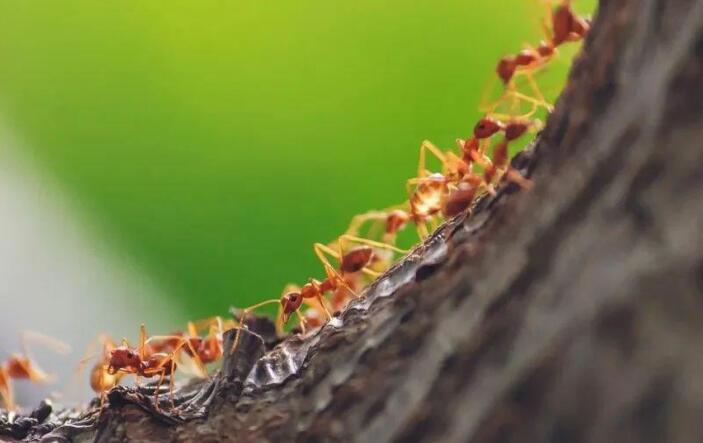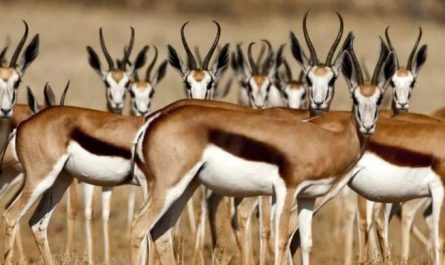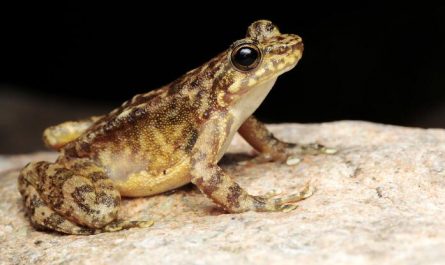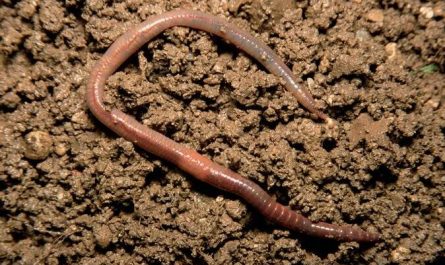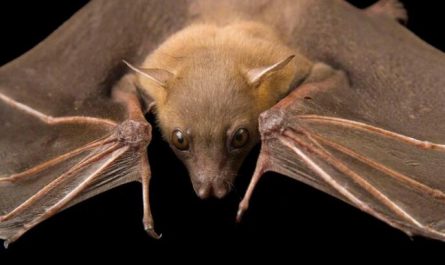The reason why ants understand the path to find food
It turns out that the ants that go out can report the news of finding food to their companions, and can lead a large group of people to the food, relying on a special “smell language.” This “language” conveys the message through the same smell of chemicals released by the ant’s body.
Therefore, it is also called “chemical language”. Scientists observed that when ants went out looking for food, their abdomen was close to the ground when crawling, and a strange chemical substance was contaminated on the ground from the anus and leg glands at the end of the abdomen. This substance is called a marker substance. Although its number is small, it has a specific smell and can effectively mark the route the ants have taken. After the ants find the food, they return to the nest along this route to report to their companions. The ants returning to the nest use the tentacles of their heads to slap the tentacles of their companions. This is their tool to transmit the smell. In this way, the smell of the road sign is passed. On the surface of the antennae of ants, there are many small holes that human eyes can see, and there are very sensitive olfactory cells in the small holes. After a while, most of the ants were notified. The ant colony then set off along the route it had marked until it found food. On the way of the ant colony searching for food, you can also see this scene: the ants in a row stop for a while and meet each other as if they are talking. They are using their contacts to exchange odors to avoid some ants. Fall behind.
Ants generally rely on their sense of smell and a large team to find food. The ants do their own way, but leave some chemical hormones behind them. The ant that found the shortest shortcut to the food came back first, and then the entire ant nest moved out to move the food along this shortcut. The head, tentacles, chest and tibia of forefoot all contain auditory organs, which can feel sound vibration. In addition to precise taste, smell and hearing, the tentacles have a better sense of touch. The antennae are densely covered with short cirrus, and the roots of the cirrus are connected with very developed nerve endings. Most of the activities of ants are produced by receiving chemical substances. These chemical substances are called pheromones. It is said that there are about 50 or 60 kinds.
The living habits of ants
1. Housing: Ants generally build nests underground, and the scale of underground nests is very large. It has good drainage and ventilation measures. Worker ants are generally responsible for building nests. The entrance and exit are mostly a small arched mound with a hole in the middle like a volcano. Secondly, there are holes for ventilation, and each room in the nest is clearly classified. Warm and moist soil is their favorite. They usually live in dry areas, but what is less known is that they can barely survive in water for two weeks.
2. Lifespan: Ants have a very long lifespan. Worker ants can live for several weeks to several years, while queen ants can live for several years or even ten years. An ant nest can grow in one place for 1 to 10 years. But most newborn queens will die!
3. Food habits: The food habits of ants can be divided into the following items:
Meat, omnivorous, partial meat, omnivorous, vegetarian, vegetarian.
Carnivorous: It is best to use insects as the main food. The types of pure carnivorous ants are less in the proportion of ants, but each carnivorous ant has different food preferences, so not all insects can be used as all Food for carnivorous ants. Therefore, it is necessary to prepare the kind of insect that the ant loves to eat when raising, otherwise it will often lead to mistakenly thinking that enough food is provided, but the ant does not eat or starves to death. Therefore, if the food that the ant loves cannot be prepared, It will be very frustrating to raise.
Omnivorous and partial carnivorous: There are more ants who are omnivorous and partial carnivorous. They can also be vegetarian or meat. However, meat-eating is usually easier to attract them, and they are hardly picky eaters on insects. Generally speaking, they are the comers Never refuse. In addition to insects as food, it can also be fed with animal protein food. Examples of available foods are as follows: carnivorous and dead insects are the main food, plus fruits and honeydew for food. When feeding, you can feed insects, fish (can be eaten raw), cooked pork, cooked chicken, etc.
The omnivorous and vegetarian ant species have many overlaps with the omnivorous and carnivorous ant species. The only difference is that when the insect carcass and sweets appear at the same time, the omnivorous and vegetarian ants are more likely to be attracted by the sweets.
Vegetarian: The proportion of vegan ant species in all ant species is not large. Some ants only eat certain special plants or fruit juices. For example, foreign leaf-cutting ants bring leaves back to their nests to plant fungi and Take fungi as the only food. Therefore, raising such ants is the same as raising pure carnivorous ants. You must first ensure that you can prepare food, otherwise it will be very frustrating.
4. Food intake: The key point is “not overfeeding”, especially the kind of ants that move how much food you have, and then return to the nest to enjoy slowly. If you feed too much, it will easily cause the food to expire. If the inside is moldy and corrupted, it is easier to attract small insects that are mainly decaying. At that time, it can be harmful to breed in the nest. If the amount of small insects is too much, it may endanger the safety of ant larvae. In addition, if the food source is live insects, parasites or mites that have previously laid eggs on the food may grow. The mites will therefore multiply like a plague in the nest and adsorb on each On an ant and its larva, the parasitized ant may be covered by multiple mites at the same time, and usually it will not last long. This also caused a fatal crisis for the entire community.
5. Know the way: Ants are group insects, they live a group life, and they each have their own home. Most ants’ homes are below the ground, where they cannot easily find abundant food. When the weather is sunny and warm, we often see teams of ants crawling busy on the ground. If you look closely, or when you sprinkle some crumbs in front of it, you will see: When they arrive at the food location, they begin to carry the delicacy you prepared for them. If one ant cannot move, two, three, or more ants will come up together and move together. When they get the food, they will follow their path and orderly crawl home, drag the food back to storage, for future meals. This is the role of pheromone.
Characteristics of ants
Ants are a typical social group. There are three major elements of sociality: individuals of the same species can cooperate with each other to take care of larvae; have a clear division of labor; at least two generations overlap in the ant colony (not excluding individual cases), and the offspring can take care of them within a period of time generation.
Ants are definitely construction experts. There are many sub-chambers in the ant nest, and these sub-chambers have their own uses. The ant nest is firm, safe and comfortable, and the roads extend in all directions and are complicated. There is still a circle of soil outside the ant nest, and there are some food storage places. The inside is ventilated, cool, warm in winter and cool in summer, and the food is not easy to spoil.
Ants are also well-known architects in the animal world. They use their jaws to dig holes in the ground, and build their ant nests by transporting sand one by one. The “room” of the ant colony will remain in its original form unless the soil is severely dried. The ant research expert Walter Chilgel modeled an ant nest. He poured liquid metal, paraffin, or orthodontic plaster into the nest of invasive red imported fire ants, and dug it out after fixing the type.
